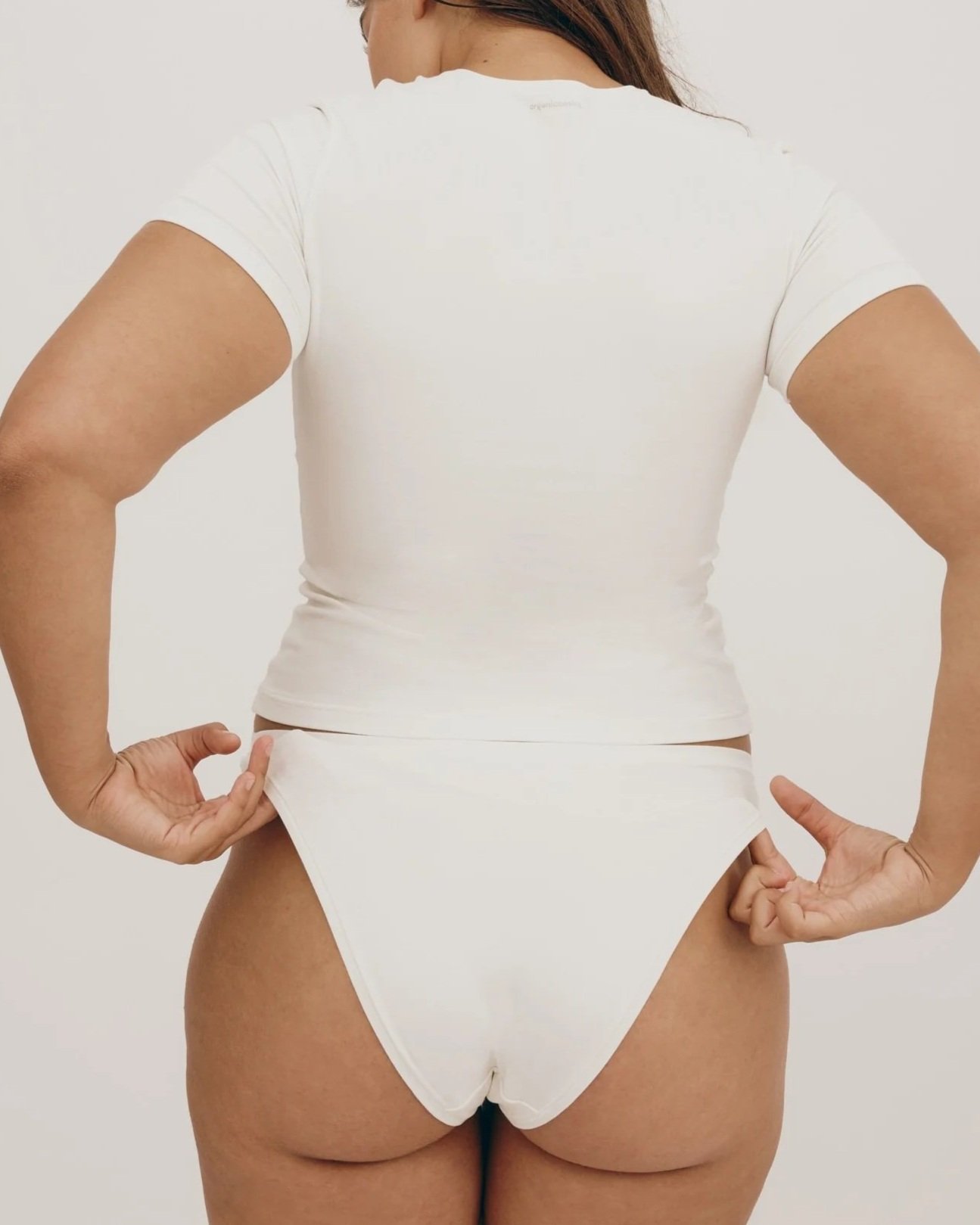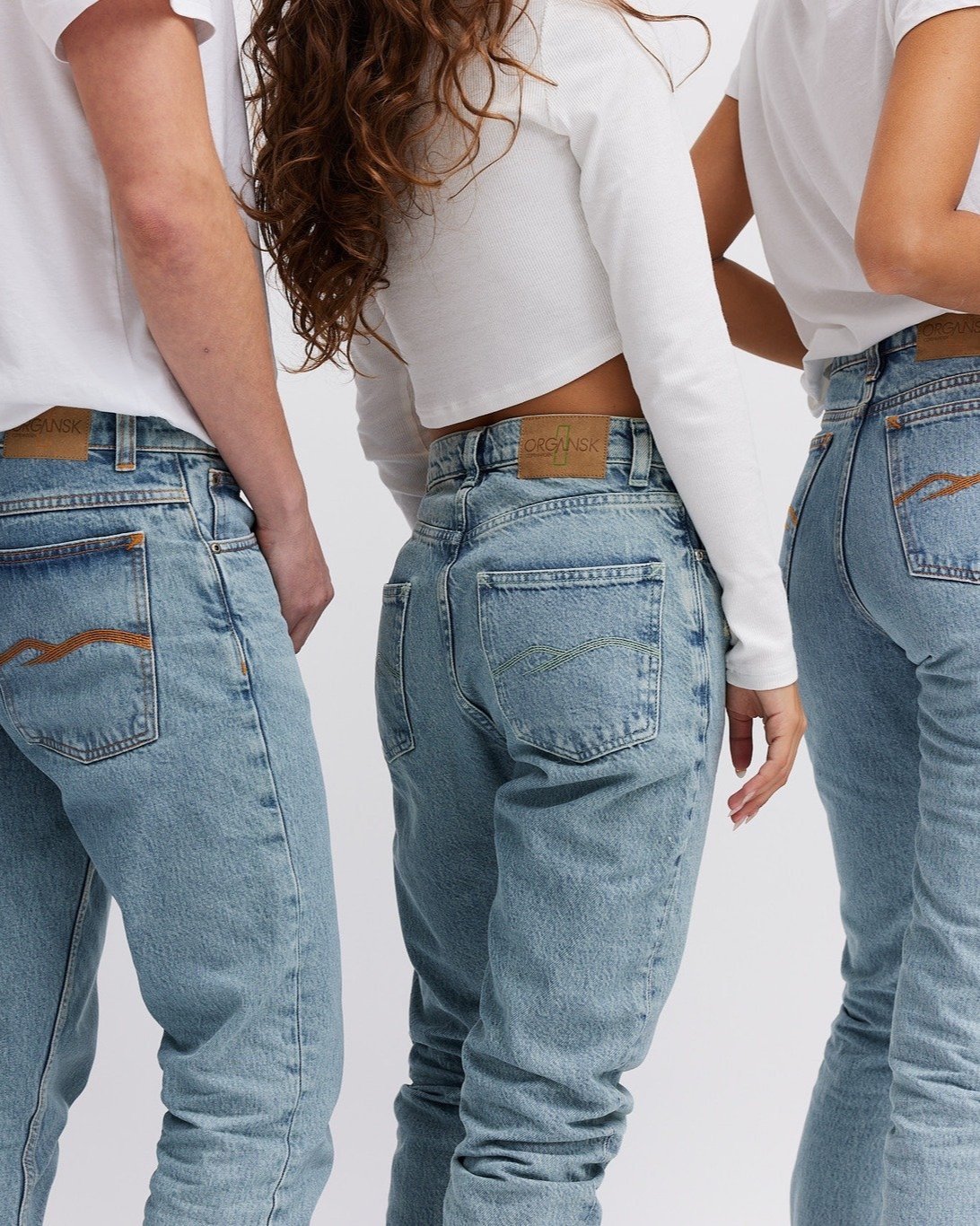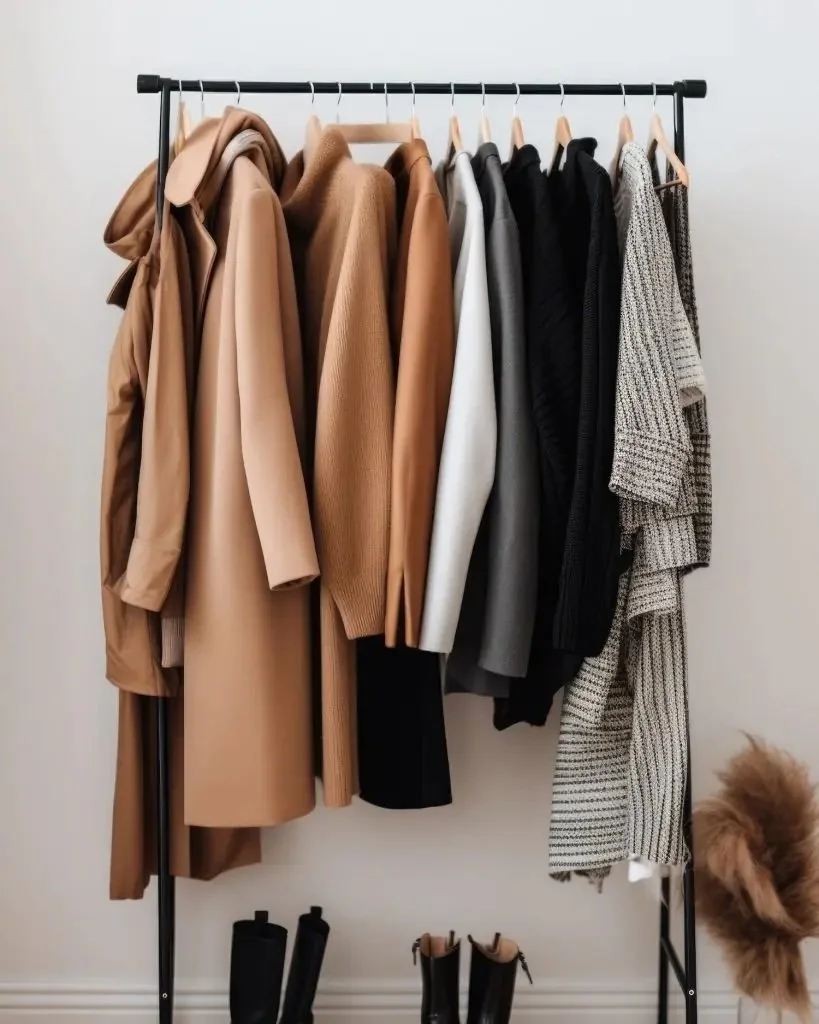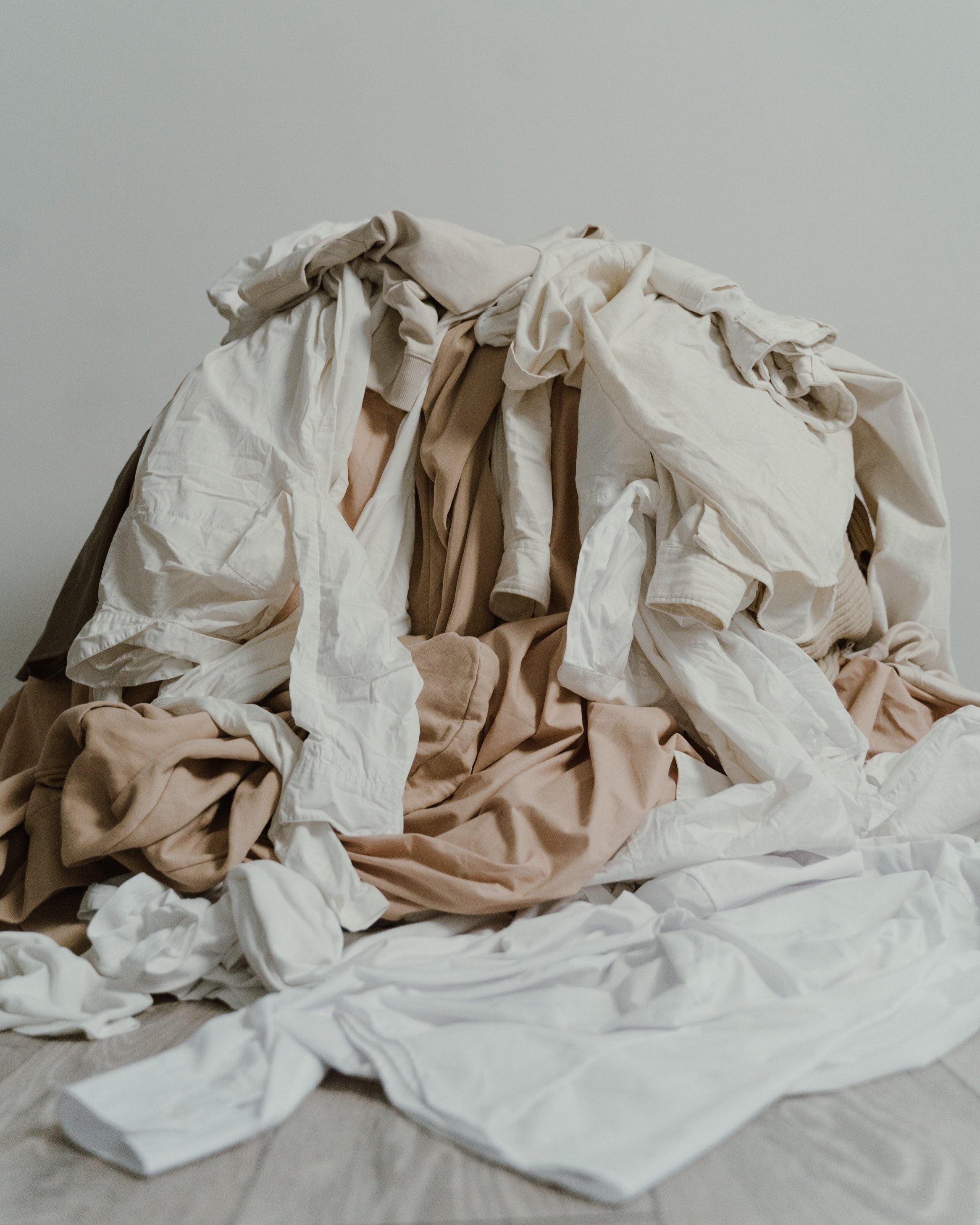How Sustainable & Ethical is Conventional Jewelry?
The ethics of jewelry
Humans have decorated themselves with jewelry for thousands of years. In prehistoric times, they used to wear shells, bones and stones as a mark of status or to protect themselves from dangers.
But it was not until the Ancient Egypt era that jewelry making was truly established. People would use precious metals and gems to create ornaments, mainly worn by the affluent class as a symbol of wealth and power.
Over the centuries, jewelry has become so popular and widespread that today, consumers around the world spend around $348 billion every single year to buy fine and costume jewelry.
But this all comes at a cost. The jewelry industry has disastrous consequences on the environment and people working in the supply chain.
In this article, you will learn everything you need to know about the impacts of jewelry on the planet and the ethical issues it raises. In the end, we give you some helpful tips to make your jewelry collection more sustainable and ethical.
The environmental and social issues that come with producing fine jewelry
Let’s first focus on fine jewelry and see how ethical and sustainable it is.
Fine jewelry is made of precious metal, like gold or silver, and often features different gemstones or diamonds. All these rare resources have to be extracted from the ground in a specific country and are then processed in different other locations. Finally, they are transformed into beautiful jewelry pieces, somewhere else yet again.
Many stakeholders play a role in the production of fine jewelry, and corruption is a common practice in the industry. The whole supply chain is very complex, so it is incredibly difficult to know exactly where a piece of jewelry was made.
However, we know that most precious metals and gemstones are mined in some of the poorest countries in the world where there are barely any environmental and social regulations.
The consequences on the planet and workers in the supply chain are usually disastrous.
The environmental consequences of producing fine jewelry
The production of fine jewelry is particularly unsustainable during the mining process, during which we extract precious metals and diamonds from the ground.
First of all, mining massively contributes to air pollution. Many toxic elements are released into the air, such as volatile organic compounds and other hazardous air pollutants. Some of the particles found in the air can even contain cadmium, lead, and arsenic.
Mining companies also use hazardous chemicals, like mercury, cyanide and sulphuric acid, to leach the minerals out of the earth. The chemicals then end up in the local environment, not only contaminating the soil, but also groundwater and all kinds of waterways.
Another consequence of mining is land degradation. Mining companies remove different soil layers and dig deep into the ground, which can destabilize the whole area. They also create huge open pits that are so big they can be seen from space!
Digging up precious metals and gemstones shifts large piles of rocks and earth (up to 250 tons of earth displaced per carat of mined diamond!). This all requires substantial amounts of energy, which often comes from fossil fuels. So mining also generates a lot of greenhouse gas emissions, contributing to climate change and global warming. As an example, 160 kg of greenhouse gases are created on average per polished carat of mined diamond.
Plus, processing ore creates a lot of waste because the amount of recoverable metal is tiny compared to the total ore mass. For instance, crafting a single gold ring generates around 20 tons of waste!
And of course, when the land gets polluted and destroyed, we usually observe severe biodiversity loss. The local fauna and flora lose their natural habitats, and many species are endangered because of the toxins released into the environment.
Even officially protected natural areas are not spared, as around three-quarters of active gold mines and exploration sites overlap with regions of “high conservation value”.
The detrimental effects on the environment caused by mining companies are so huge that the local landscape is often damaged permanently, and it sometimes never recovers.
How ethical is the production of fine jewelry?
Not only is producing fine jewelry very unsustainable, but it also comes with various ethical issues, which we should not ignore.
According to the World Bank, about 100 million people, including workers and their families, engage in artisanal mining activities, and another 7 million work in the industrial mining industry.
In developing countries, mining activities provide people with an income and help them feed their families. However, many of them only earn less than a dollar a day, and it does not allow them to live decently.
As we explained earlier, their local environment is also highly impacted by mining operations. The air and the water supply are polluted, which has disastrous consequences for the local populations.
Many people develop respiratory diseases, allergies, skin rashes, as well as other health conditions. Environmental pollution also negatively impacts fishing activities, and cattle regularly die after drinking contaminated water.
Not to mention that, since the soil is degraded, it is more difficult for them to grow crops and food. As a result, people living near the mines struggle even more to survive.
What’s more, workers are constantly exposed to toxic dust and incredibly hazardous chemicals, like mercury and cyanide, which are used to dig out precious metals from the ground. Those substances can cause life-long disabilities and can even lead to death.
Accidents can also easily happen in the mining industry: rocks can fall and mines can collapse, trapping and killing dozens of workers at once.
These issues are even more problematic because child labor is very common. It is estimated that in Africa alone, about one million children between the ages of 5 and 17 work in mines where they extract precious minerals like diamonds or gold.
Every day, these children are exposed to hazardous chemicals, unstable structures, extremely heavy equipment, and unbearable heat. Most of them work between 12 and 15 hours a day for less than $2, and some only receive food as compensation. Child miners also rarely attend schools, and girls are regularly sexually harassed and pressured to engage in the sex trade.
On top of that, the mines from which we extract diamonds and precious metals are often controlled by violent armed groups. Members of those groups do not hesitate to rape, torture or murder civilians, which is why we regularly refer to diamonds as “blood diamonds”.
New mining activities also usually lead to the displacement of hundreds of inhabitants, and mining companies do not even care about the historical significance of these lands.
Finally, mining is not the only problematic stage of the production process of fine jewelry. The gem-cutting phase also causes ethical concerns.
Gem cutting creates microscopic dust that is very damaging to the lungs. Workers in those facilities are rarely provided with safety gear and often work without proper ventilation. Thus, they risk developing long-term health complications, some of which can lead to death.
Is costume jewelry any better?
Because of all the environmental and social issues that come with producing fine jewelry, we would logically be tempted to instead only buy costume jewelry. Costume jewelry is also usually a lot more affordable, which seems to be perfect for those of us who are on a budget. But is it really better?
It is very difficult to tell whether producing costume jewelry is more sustainable and ethical than making fine jewelry.
The problem with costume jewelry is that we rarely know what it is made of, let alone where it was made and how. This is especially true for all the cheap jewelry pieces we can find online or at fast fashion stores.
The majority of costume jewelry is made of some kind of metal, which probably had to be mined and extracted from the ground, or processed in a very energy-intensive facility. This is usually very unsustainable and causes similar damages to the environment, like air and water pollution.
Some pieces are also produced using synthetic materials like plastic, which has its own disastrous impacts on the planet. It is made from oil and will take hundreds of years to break down once thrown away.
Consumers can buy those cheap jewelry pieces for as little as a dollar. When something is so cheap, it always means that workers in the supply chain are paid extremely low wages, and they are most likely working under unsafe and unhealthy conditions.
Cheap jewelry pieces are also probably made by children as these are usually a lot cheaper to employ. Most costume jewelry is made in developing countries where there are barely any labor laws or environmental regulations, and where human rights violations are common.
So costume and fine jewelry are both incredibly unsustainable and unethical to produce! But I think that fake jewelry might be worse for different reasons.
While some costume jewelry pieces may be well made and high quality, the vast majority of them are designed to be thrown away. You wear them a couple of times, and a few days or weeks later, they turn brown or leave a green mark on your skin.
Their quality is so low that they also break very easily! They then end up in a landfill where they release toxins into the environment and do not biodegrade.
And because we have to throw them away regularly, we also buy huge quantities of them. This means that the environmental impact of our jewelry collection quickly increases over time. The damage done to the planet and workers in the supply chain gets bigger and bigger. It is a never-ending cycle!
Another issue we cannot ignore is that many cheap jewelry pieces contain high levels of unsafe chemicals, including heavy metals like cadmium, lead, chromium, and nickel. Many of these metals are neurotoxic, and some are even known to be carcinogens.
When we buy cheap fake jewelry, we do not know if the products are made with any of these chemicals, so it is better to stay away from them.
As if it was not enough, alarming levels of heavy metals are also found in children’s jewelry! Children are even more at risk because they often put jewelry in their mouths, and their bodies absorb some of these substances, like cadmium, more easily than adults.
And since the jewelry pieces are poorly made, they can chip or break easily, which increases the likelihood of them being ingested by children.
We should also not forget about workers in the supply chain. Since they are making these products, they are exposed to heavy metals on a daily basis, often resulting in serious health issues in the long run.
For all these reasons, I think that costume jewelry seems to cause even more environmental and ethical issues than fine jewelry!
Find several sustainable jewelry brands over at Made Trade PLUS use code SUSTAINABLYCHIC for $20 off your first order of $150+ *affiliate link but we only add brands we truly love!*
Our top tips for a (more) sustainable jewelry collection
If you are someone striving to live as sustainably as possible, you can thankfully still enjoy and wear jewelry without compromising your values.
The most eco-friendly thing you can do is wear the jewelry pieces that you already own for years without necessarily buying new ones. Take good care of them, and store them in a specific place to make sure you do not lose anything. The longer you use a jewelry piece, the lower its environmental impact becomes.
If you ever need to buy new jewelry, for yourself or to gift your loved ones, try to get it second-hand first. Check if there are any jeweler nearby who sells pre-loved pieces, or look online on second-hand websites like eBay. You will find some gorgeous vintage pieces!
Another eco-friendly way to buy jewelry is to shop from ethical brands. We have an entire article on Sustainably Chic featuring 11 sustainable jewelry brands, so check it out for some inspiration!
Sustainable brands are transparent about how and where their products are made, and they make sure workers in the supply chain are treated fairly and paid a decent wage. Their products are high quality and designed to last for years.
Also, when choosing jewelry, go for pieces made with recycled metals, like recycled gold or silver. Using recycled materials means that no additional metal had to be mined, which minimizes the pollution and environmental damage caused by mining.
Even though they still have a large carbon footprint, lab-grown diamonds are a more ethical alternative to mined gemstones and diamonds. And they are usually a more affordable option, so they are better for your wallet too!
You can also look for different certifications that ensure the certified pieces are made ethically and sustainably. For instance, the Fairmined certification certifies gold produced by small-scale mining companies that have adopted responsible practices such as better traceability, fair wages, and no involvement in conflict situations. Some jewelry pieces can be certified Fair Trade by FLO-Cert, which is another trustworthy certification.
If you prefer costume jewelry, do your research and try to only buy from a reputable source that clearly discloses which materials are used in its pieces. I know it may be difficult, but be aware that many brands are greenwashing, so do not hesitate to ask them questions.
Also, do not buy costume jewelry from fast fashion brands because their jewelry is always very poorly made and not designed to last, and it is too cheap to be ethically produced. Remember to always look for quality pieces so that you can wear them for many years to come.
And just to be sure, do not buy costume jewelry for your children. The risks are not worth it!
My final tip is to sell or give away your unused jewelry to other people, especially if you have fine jewelry. If you do not like or wear these pieces, giving them a new home is a great way to ensure these precious resources are being reused.
Some jewelers can buy your gold pieces, and they will melt them and transform them into new jewelry. You will be able to get a decent amount of money out of them, and the gold will have a second chance to shine. Win-win!
Conclusion
Nowadays, most jewelry pieces are produced in a very unethical and unsustainable way.
Mining precious metals and gemstones is particularly problematic, as human exploitation, pollution and environmental destruction are common practices.
But it does not mean that costume jewelry is a better choice than fine jewelry. The environmental and social impacts are similar, and most pieces are so badly made that they are usually only worn a couple of times before being thrown away.
Thankfully, conscious consumers can still enjoy jewelry. From supporting ethical brands to buying vintage pieces, there are many things we can do to make our collections more sustainable!
About the Author:
Eva Astoul is a French freelance writer, specializing in content related to sustainability, simple living, and a growth-focused healthy lifestyle. She runs her own blog, Green With Less, to inspire people to live a more minimalist and sustainable life.
MAKE SURE TO PIN THE PHOTO BELOW TO SAVE THIS POST FOR LATER!
WANT to find SUSTAINABLE BRANDS? VISIT OUR BRAND DIRECTORY!
Our Brand Directory is home to hundreds of sustainable brands, from makeup to cleaning supplies, from underwear to shoes. We have broken everything down by category for easy shopping, along with discount codes unique to Sustainably Chic viewers.




































